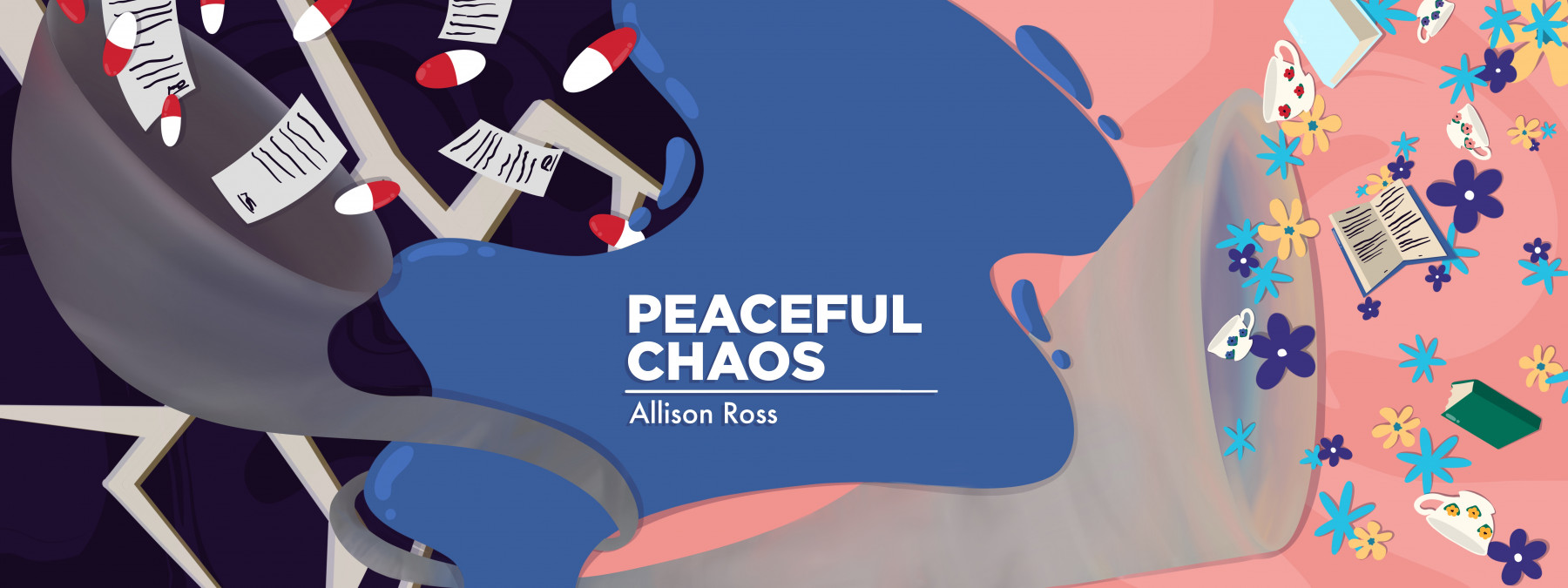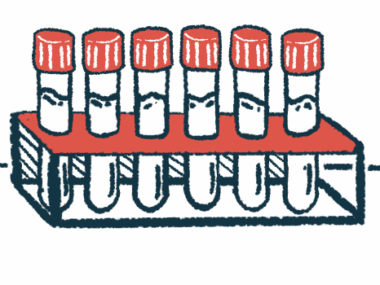Listening to My Body Is Key to Wellness
Written by |

Today, I woke up hurting.
While it wasn’t the pain that someone with fibromyalgia or rheumatoid arthritis might suffer, it caused enough discomfort that I couldn’t ignore it. A dull ache had settled in, from my neck to my knees, making it difficult to get out of bed.
The previous weekend had been packed with activity, involving longer and more demanding exercise than usual. On top of that, I hadn’t gotten my usual 10 hours of sleep, which would have allowed better recovery time. I knew that this morning’s pain was probably a case of manifested exhaustion, and wasn’t super worried about it.
But it was still unpleasant. Before I got moving, I listened to my body’s signals, which all pointed to one idea: rest. Even an extra 20 minutes would help me stretch, rejuvenate, and gather strength.
The timing was ironic in my household. My husband had just traveled to Colorado with a few friends to hike Quandary Peak, one of the most famous “14ers” (mountains above 14,000 feet). It took the group over seven hours. One of them rolled an ankle, and another fought altitude sickness. They all admitted it was one of the toughest physical feats they had ever attempted.
The difference is these men all live with a typical health profile, while I’ve had a chronic illness for 17 years. Vasculitis is not easy on anyone’s physicality, and it’s common to experience mild or severe organ damage along the way. So, through the years of symptoms, treatments, relapses, and recovery, I’m no stranger to pushing myself to the limit.
With a chronic condition, more tasks are required of our bodies than the average person. Hospital stays involve nurses waking us every few hours to draw blood or measure organ function. Out of the hospital, medication side effects and fatigue might inhibit daily activity.
Even in remission, routine lab tests can be unpleasant, painful, or stressful. I’ll still have days when I feel less than optimal, and I can always feel the disease simmering under the surface. These days, the vasculitis stays relatively quiet, reminding me that it’s there without causing the damage it did during its onset, when a pulmonary hemorrhage almost claimed my life.
Even in the absence of inflammation, I must listen to what my body tells me. If it sends signals of being tired or achy, I shouldn’t overextend myself that day.
Fatigue and pain are not strangers to those of us with a chronic illness. Sometimes they’re more like unwelcome guests who move in and aren’t in a hurry to leave.
So, what can we do to improve physically, feel more in control, and cultivate peace? We can rest. We can ensure nourishment with hot tea, clean foods, and vitamins or supplements. We can draw hot baths to soothe sore muscles and joints. Light yoga is comforting, as is gentle movement like stretching or walking. (One of these days I’ll splurge on a professional massage.)
I can also keep my mind calm and focused with a puzzle, book, or podcast. Every so often, I might treat myself with something decadent. Tending to the soul with creature comforts can lift my spirits when I’m not feeling 100%.
I accept that there are days when I’m just plain achy. It doesn’t have to be true fatigue or chronic pain to knock me out of my routine. In fact, it’s not uncommon for mostly healthy people to wake up feeling “off.” But I’ve recovered most of what was lost during disease onset, when my joints were swollen and muscles emaciated. Back then, I felt like there was nothing I could do to feel fully rested, and pain was a very real barrier to living.
In the years post-diagnosis, my body has actually managed some incredible things. I’ve been able to hike in the Ozarks, trek 10 miles up and down the busy main street in Nashville, see the forests of Northern California, and scale a dormant volcano in Honolulu. I’ve biked and hiked all over the U.S., paddleboarded and swam across gigantic lakes, and joined an adult soccer league. I walk my dogs every day.
Even if my metric of “feeling good” is less than a healthy person’s, I’ve still come a long way from where I once was. So, when a day rolls around when I just don’t want to move, I heed what my aching body is telling me, and take it easy on myself. Later — or tomorrow — I’ll bounce back.
***
Note: ANCA Vasculitis News is strictly a news and information website about the disease. It does not provide medical advice, diagnosis, or treatment. This content is not intended to be a substitute for professional medical advice, diagnosis, or treatment. Always seek the advice of your physician or other qualified health provider with any questions you may have regarding a medical condition. Never disregard professional medical advice or delay in seeking it because of something you have read on this website. The opinions expressed in this column are not those of ANCA Vasculitis News or its parent company, Bionews, and are intended to spark discussion about issues pertaining to ANCA vasculitis.







Sherry Shiveley
Thank you for this article, exactly the way I feel, it’s only been 2 years, I can’t imagine this for 17 years!
Kristen Mejia
Recently started came across the 10 hour sleep comments , and found it really does help , your simmer comment I could relate to , I call it my ‘ sing the body electric ‘ feeling I get ... just got back from 18 days at a Red Cross shelter due to forest fires, so much pain because I couldn’t keep things in balance , sleep , exercise , food ... ...after 2 days of mostly sleep in my own bed , I feel like I can finally feel what my body wants me to do to get back to granulomatosis with polyangiitis ( GPA) normal , thanks again for reminding me I’m not alone, Kristen